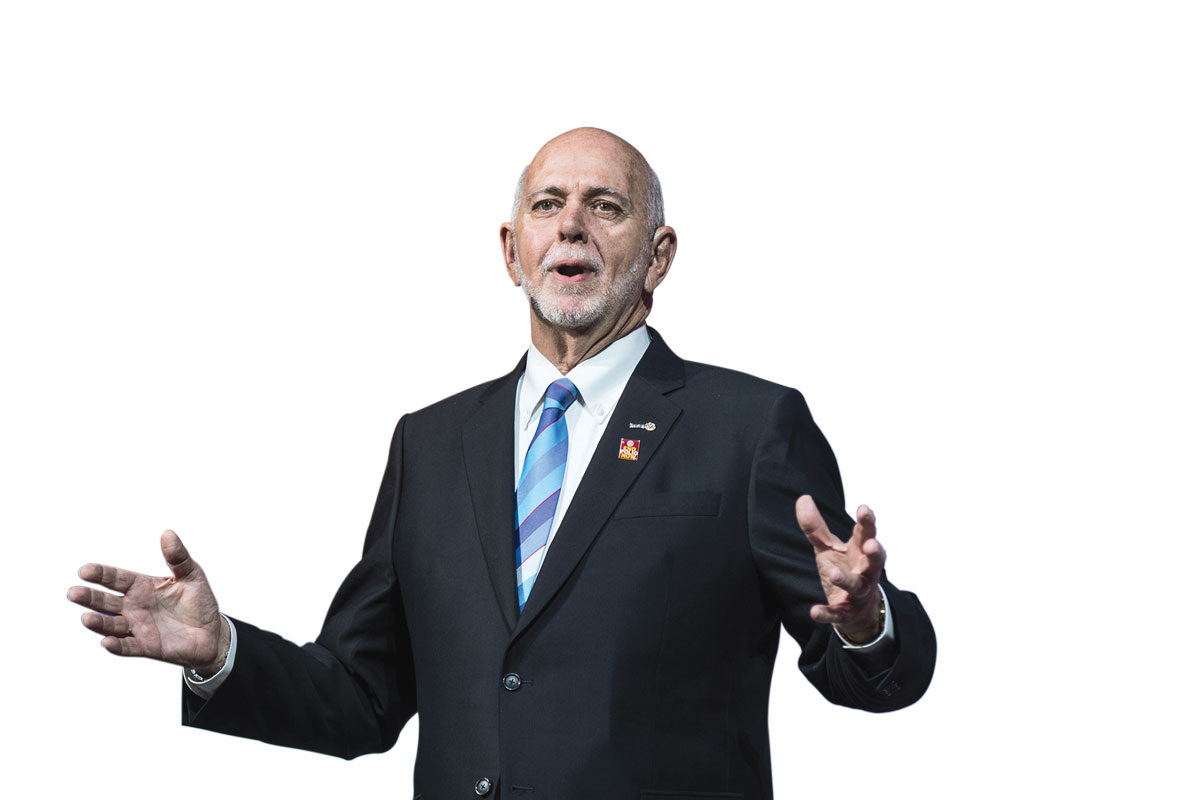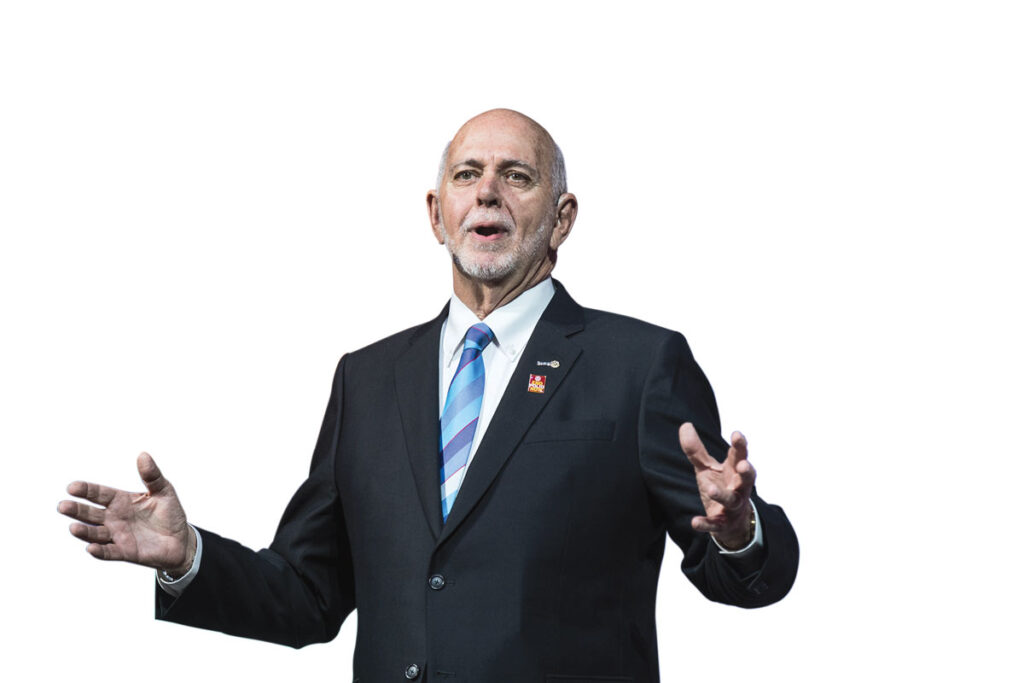
Rotary will have a robust structure 10 years down the line with 45 regional boards managing its global affairs, while district governors will be playing an advocacy role to motivate clubs for membership growth and engagement, said PRIP Barry Rassin, chairman, Shaping Rotary’s Future Committee. This panel has recommended certain “far-reaching changes to restructure the organisation but we are open to suggestions and inputs to accomplish these changes to sustain growth,” he said.
Addressing the monthly virtual meet hosted by the Synergy Rotary Friendship Alliance jointly with one of its partner clubs, this time with RC Dhulikhel, RID 3292, Rassin said Rotary’s core values will remain the same, “but we will create a structure that will enable us to do even more than what we have done so far in a much better manner.” In the coming years, diversity, equity and inclusion will drive Rotary’s expansion, he noted, and “at the same time there is a growing desire for regionalisation among the 34 zones.” His team is working on an action plan that nurtures leadership qualities among aspiring Rotarians; with each zone having an average membership of 35,000 there is a need to differentiate them on the basis of culture, demography and other unique features without compromising on Rotary values, he explained.
New structure
Rotary clubs at the bottom of the pyramid need a flexible structure that enables them to engage with their members, act on their aspirations and manage retention. The new governance model is being worked out with emphasis on clubs. “At present there is a disconnect between clubs and RI as most of them don’t know our strategic goals and priorities. Long-term changes are being studied for district governors,” Rassin said. In the next six years or so, some of the models will be “plugged in to see how it works across regions, say from Australia to Britain and the US. After measuring their outcomes, we will tweak it further to suit our needs.”
Merit and skillsets will be the sole criteria for selecting the members of regional boards, and “they can have their own office, even with paid staff, but without burdening the clubs with additional dues.” In another 10 years time, the members at the RI board and TRF trustees must reflect the diversity and equity that are being envisioned, he said.
Rotaractors bring in a different set of dynamics and enthusiasm to Rotary and “now they are being treated as equals with Rotarians. While Rotaract and Rotary clubs need to work together, it is important that Rotaractors do not lose their identity. Of course with age relaxation, they can join Rotary clubs whenever they feel like doing so.”
TRF Trustee Dean Rohrs from Canada said, “we are just stepping out of an elementary plan which needs to be adjusted with changes based on suggestions and inputs from Rotarians.” With the virtual platforms sweeping the world, Rotary needs to adapt to the emerging new opportunities for growth by creating a new flexible model of governance, she said.
DG Rajiv Pokharel, RID 3292, said clubs must do impactful projects to enhance their public image and induct past Rotaractors in large numbers. His district is doing 103 global grant projects and has got approval for 27 such projects this year. RC Dhulikhel president Sushil Byanju Shreshta welcomed the 250 virtual delegates from Europe and the ASEAN countries. PDGs Keshav Kunwar (Nepal), Gowri Rajan (Sri Lanka) and Sunil K Zachariah (India) spoke. RAC Kathmandu University of Medical Science president Roshni Prajapati compered
the event.






